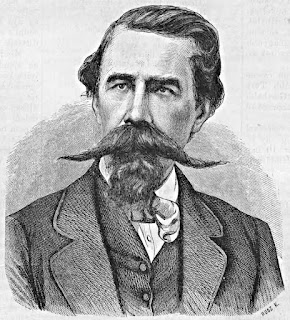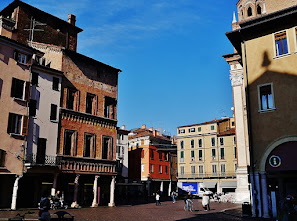Scipione Borghese - adventurer
Nobleman from Ferrara won Paris to Peking car race
The Italian adventurer Prince Scipione Borghese, who won a car race since described as the most incredible of all time, was born on this day in 1871 in Migliarino in Emilia-Romagna, not far from Ferrara. Borghese was a nobleman, the eldest son of Paolo, ninth Prince of Sulmona. He was described as an industrialist and politician but he was also a mountaineer and a keen participant in the revolution in transport that began when the first petrol-powered motor vehicles appeared in the late 19th century. In 1907 the French newspaper, Le Matin, which was keen to promote the growing motor industry in France, challenged readers to prove their theory that the car would open up the world's horizons, enabling man to travel anywhere on the planet. When it asked for volunteers to take part in a drive from Paris to Beijing - then known as Peking - a 5,000-mile journey - Borghese's taste for the daring was immediately excited. Originally, more than 40 teams proposed to sign up. In time, this dwindled to five vehicles and 11 men, consisting of drivers, mechanics and, in some cases, journalists who would file reports using the telegraph system as the event progressed. Read more…
______________________________________
Manrico Ducceschi - partisan
Brave freedom fighter whose death is unsolved mystery
Manrico ‘Pippo’ Ducceschi, who led one of the most successful brigades of Italian partisans fighting against the Fascists and the Nazis in the Second World War, was born on this day in 1920 in Capua, a town in Campania about 25km (16 miles) north of Naples. Ducceschi’s battalion, known as the XI Zona Patrioti, are credited with killing 140 enemy soldiers and capturing more than 8,000. They operated essentially in the western Tuscan Apennines, between the Garfagnana area north of Lucca, the Valdinievole southwest of Pistoia, and the Pistoiese mountains. He operated under the name of Pippo in honour of his hero, the patriot and revolutionary Giuseppe Mazzini. Ducceschi's success in partisan operations led to him being placed at the top of the Germans' ‘most wanted’ list. Even his relatives were forced to go into hiding. After the war, he was honoured by the Allies for the help he provided in the Italian campaign but oddly his deeds were never recognised by the post-war Italian government, nor even by his own comrades in the National Association of Italian Partisans (Anpi). Read more…
______________________________________
Ulisse Aldrovandi – naturalist
Professor became fascinated with plants while under house arrest
Ulisse Aldrovandi, who is considered to be the father of natural history studies, was born on this day in 1522 in Bologna. He became renowned for his systematic and accurate observations of animals, plants and minerals and he established the first botanical garden in Bologna, now known as the Orto Botanico dell’Università di Bologna. Aldrovandi’s gardens were in the grounds of Palazzo Pubblico in Bologna but in 1803 they were moved to their present location in Via Irnerio, where they are run by the University of Bologna but are open to the public every day except Sunday. The professor was also the first person to extensively document neurofibromatosis disease, which is a type of skin tumour. Aldrovandi, who is sometimes referred to as Aldrovandus or Aldroandi, was born into a noble family. He studied humanities and law at the universities of Bologna and Padua and became a notary. He then became interested in studying philosophy and logic, which he combined with the study of medicine. He was charged with heresy in 1549, accused of supporting theories doubting the Holy Trinity, and kept under house arrest in Rome. Read more…
.jpg)

.jpg)
.jpg)
%20(1).jpg)



.jpg)
.jpg)




.jpg)
.jpg)




.jpg)






.jpg)